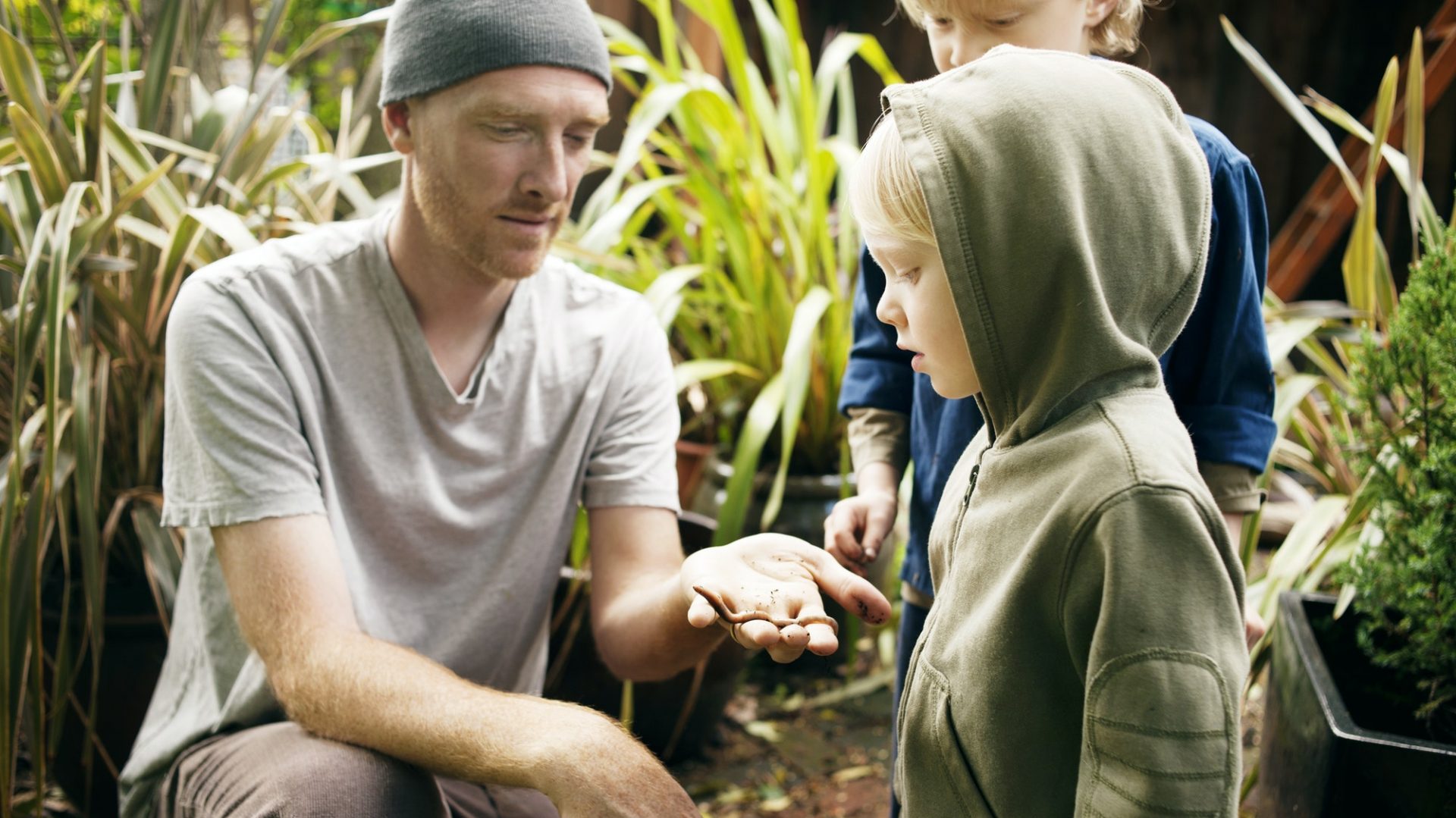Woodchip, often underestimated, is a versatile and sustainable material that finds use in a variety of applications. From landscaping to industrial processes, this humble product has a significant impact on our daily lives. In this article, we’ll explore the world of woodchip, its production, and its diverse uses.
1. What is Woodchip?
Woodchip, in its simplest form, consists of small pieces of wood, usually no more than a few inches in length, that result from chipping or shredding logs or wood residues. These chips can be made from various types of wood, such as hardwoods, softwoods, and even recycled wood products.
2. The Production Process
The production of woodchip involves several steps:
a. Logging and Harvesting: Trees are harvested from sustainably managed forests, ensuring minimal environmental impact.
b. Debarking: In some cases, the logs are debarked to remove the outer layer before chipping.
c. Chipping: The logs are processed through a woodchipper, which produces small, uniform chips.
d. Drying: Depending on the intended use, the woodchips may undergo a drying process to reduce moisture content.
e. Sizing and Screening: The chips are sorted into different sizes through screens to meet specific requirements.
3. Landscaping and Gardening
Woodchips are widely used in landscaping and gardening for various purposes:
a. Mulch: Woodchips make excellent mulch, helping retain soil moisture, control weeds, and regulate soil temperature.
b. Pathways: Woodchip pathways are both functional and aesthetically pleasing, providing a natural, rustic look.
c. Playground Safety: They are used as a cushioning surface under playground equipment to protect children from falls.
4. Industrial and Commercial Applications
Woodchip is an essential component in various industries, including:
a. Pulp and Paper: In the pulp and paper industry, woodchips are a primary source of raw material for producing paper products.
b. Bioenergy: Woodchips are a vital biomass feedstock for the production of bioenergy, including wood pellets, which can be used for heating or electricity generation.
c. Animal Bedding: Woodchips are often used as bedding for livestock, providing a comfortable and absorbent surface.
5. Sustainable and Eco-Friendly
Woodchip is considered a sustainable and eco-friendly material for several reasons:
a. Renewable Resource: Wood is a renewable resource, and responsible logging practices ensure forests remain healthy.
b. Carbon Neutral: When used in bioenergy applications, the carbon dioxide released is offset by the carbon absorbed during tree growth.
c. Biodegradable: Woodchips naturally break down over time, reducing environmental impact.
6. Challenges and Considerations
While woodchip is a versatile material, there are some challenges to consider:
a. Moisture Control: Depending on the application, moisture content in woodchip must be carefully managed to prevent issues like mold and decay.
b. Transport and Handling: Due to their bulkiness, woodchips can be challenging to transport and handle efficiently.
c. Environmental Impact: Unsustainable logging practices can lead to deforestation and habitat destruction, making responsible sourcing essential.
7. Conclusion
Woodchip, a seemingly simple product, plays a crucial role in our lives and the environment. From enhancing gardens to powering industries, its applications are diverse and its sustainability undeniable. Understanding the production process, uses, and considerations associated with woodchip is essential in harnessing its potential for a more sustainable future.
This article is provided by

